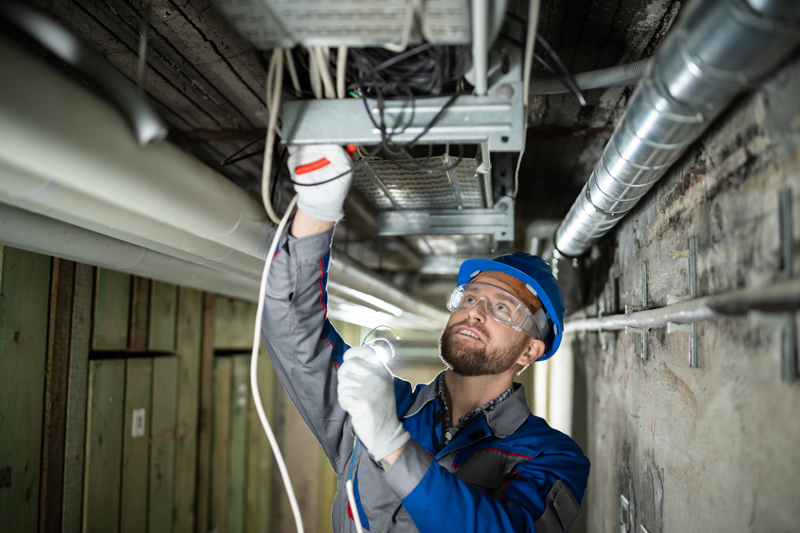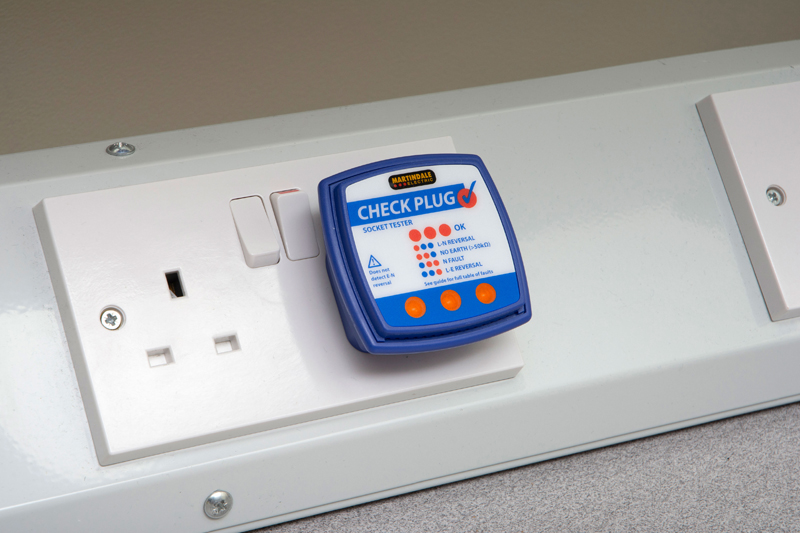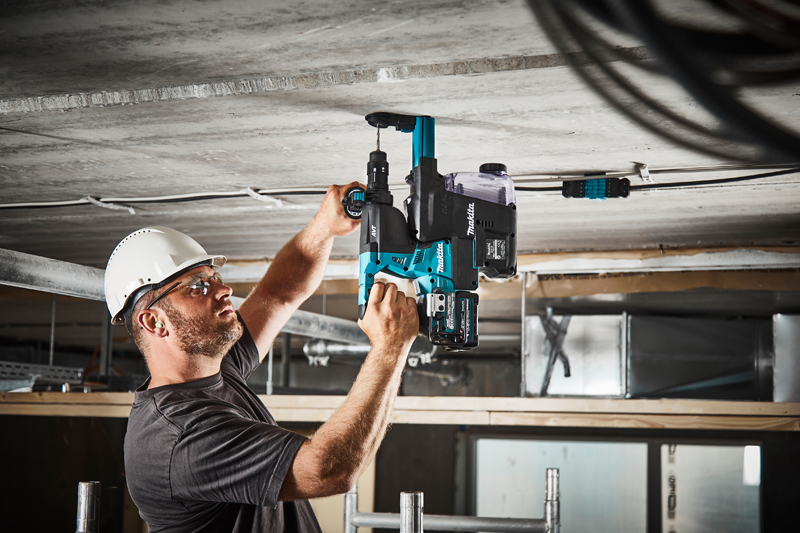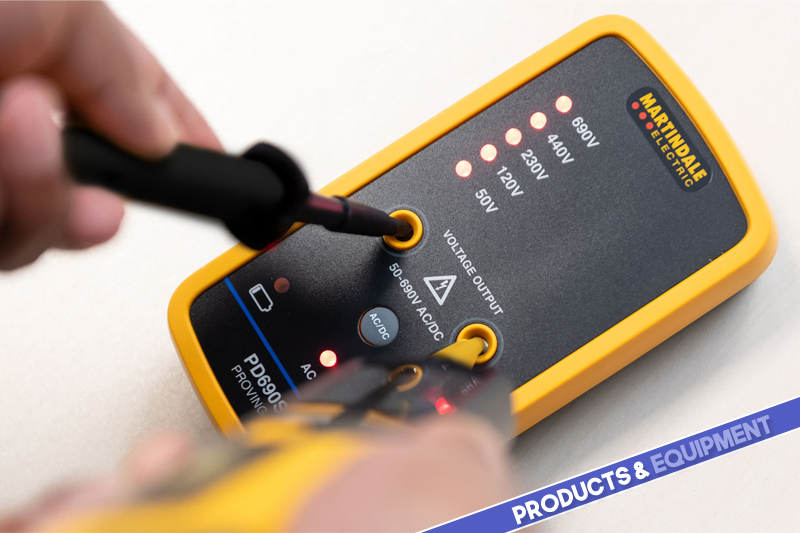Steve Dunning, Managing Director of Martindale Electric, looks at industrial and three-phase socket testers and what wholesalers need to know to help customers choose the right tester for the job in hand.
When properly specified, socket testers provide a fast and effective solution to identifying potentially unsafe installation and wiring faults, particularly prior to installing new plant and equipment. Clearly, socket testers are not an alternative to the formal verification of wiring installations; nonetheless, as a first line indicator, they are an essential tool.
All socket testers on the market check that the earth, live and neutral are the right way round but with such a large number of proprietary plugin devices available on the market, functions can vary considerably. With this in mind, when selecting a socket tester, it’s important to understand the different types available and their capabilities and limitations.
Essentially there are three main categories of socket testers, simple, advanced and professional, with the key differentiator being the ability to measure and display either ranges or numerical values for earth fault loop impedance.
It is also worth bearing in mind that although many of these devices will indicate some of the basic electrical faults that may be found in socket-outlet circuits, some of the simpler versions cannot be relied on to indicate more advanced faults, some of which can be potentially dangerous.
Feel the buzz
When it comes to features, whilst some test devices will offer a visual indication, in the form of LEDs, other additional features may include a buzzer, to indicate a good socket; to a combination of indicators to identify which particular fault type is present. However, it could be argued that in an industrial setting, less is more? After all, how reliable is an audible warning in a busy factory or plant setting?
Many socket testers on the market, such as the comprehensive CP series from Martindale Electric, provide a quick and easy way of confirming 16 and 32 Amp (A) sockets are wired correctly using three bright illuminated LEDs and feature an on-tester look up chart for fast and simple fault diagnosis.
Fitted with a 250V 16A plug, which meets BS4343/IEC309 standards, the CP201 (like many other Martindale socket testers) can identify 28 fault conditions. Wiring faults are instantly indicated by one or more of the LEDs failing to illuminate, with the pattern of lit LEDs indicating the type of fault detected. For checking industrial sockets on 100V centre tapped circuits, the CP301, which is fitted with a distinctive yellow 110V 16A plug (also to BS4343/IEC309), uses three bright LEDs to provide fail-safe fault indication. Furthermore, fault indications include Line 1, Line 2 and centre tap faults, plus Line 1 or 2 centre tap reversal. The CP201 is also available as a 32A version.
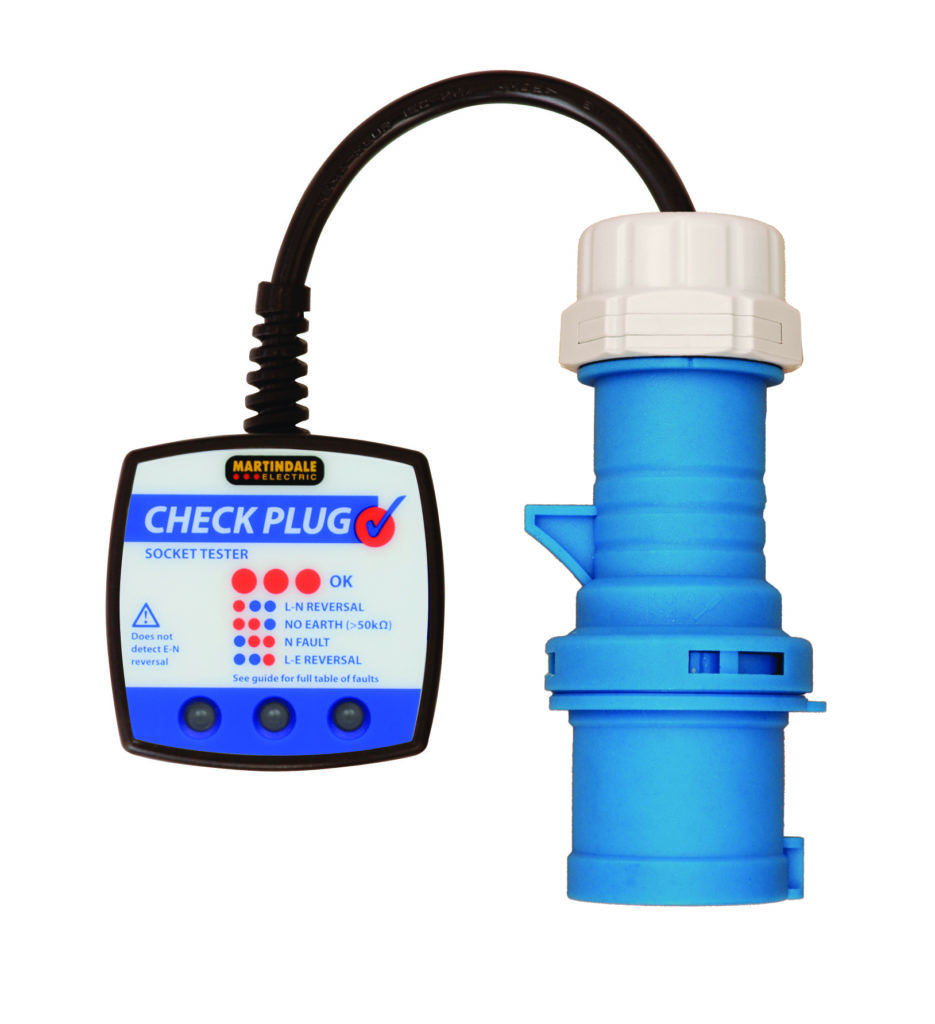
In an instant
For larger industrial installations and when it comes to testing three-phase sockets and confirming the phase rotation sequence, three-phase industrial socket testers, such as the PC104 and PC105, range can be used for instantly checking sockets in factories and commercial installations for potential wiring faults, prior to connection and maintenance of plant and equipment.
For three-phase socket outlets, the PC104 and PC105 will instantly prove connection of all three lines, identify any incorrect wiring and show the sequence of phase rotation, whilst bright LEDs clearly display any faults. Covering four (CP104) and five (CP105) pin socket configurations, 16, 32 and 63 Amp versions are also available.
When it comes to the design of a socket tester, quality and durability should also be a key consideration. Testers should also ideally feature a tough sculpted design for easy removal and be durable enough to withstand the roughest of handling, thus providing many years of performance.
However, it’s important to appreciate that although socket testers can be used for detecting first line fault conditions, they are not an alternative to full verification of wiring installations. For full verification it’s necessary to follow the inspection and testing procedures set out in Part 6 of BS7671, using a full set of test instruments complying with the relevant parts of BS EN61557, typically with a multifunction electrical tester such as Martindale ET4000.
For more information and guidance on choosing the right socket tester, click here
